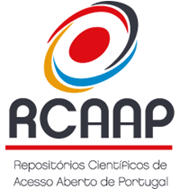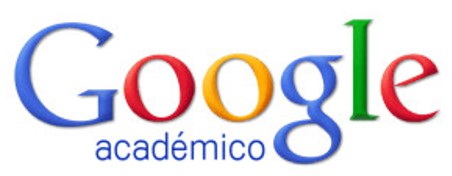Explorando a Interação entre a Inteligência Artificial e a Criação Artística: uma revisão
DOI:
https://doi.org/10.25746/ruiips.v11.i3.32525Palavras-chave:
Inteligência Artificial, Aprendizagem Máquina, Arte, CriatividadeResumo
Num mundo cada vez mais tecnológico, os algoritmos de Aprendizagem Máquina (AM) estão a revolucionar a Arte, proporcionando novas possibilidades e desafios, alterando e moldando a forma como esta é criada e apreciada. O crescente número de exemplos de projetos colaborativos entre artistas e sistemas de Inteligência Artificial (IA), se por um lado, transforma a conceção tradicional da autoria artística e da propriedade intelectual, por outro, introduz várias preocupações e controvérsias ao nível da ética do uso de dados, da apropriação cultural e da originalidade, entre outros. O seu impacto abrange igualmente o mercado das artes, a apreciação das obras e a experiência por parte do público-alvo diante das criações artísticas resultantes deste processo.
Nesta criação de novas e inovadoras formas de arte, os artistas envolvem uma variedade de técnicas, incluindo AM supervisionada, não supervisionada e por reforço. Na supervisionada o modelo aprende a associar as entradas às saídas por treino com um conjunto de dados de exemplos. Pode ser usado para gerar arte similar a um determinado estilo ou artista. Por exemplo, gerar novas pinturas que se assemelhem ao estilo de Picasso usando para isso um conjunto de dados de pinturas de Picasso. O modelo de Redes Neurais Generativas Adversariais (GAN), tem sido usado para criar pinturas, design de moda e produção de música e imagens artísticas. As Redes Neurais Recorrentes (RNNs) têm sido usadas na geração de música, poesia e texto. A arquitetura de rede neural Transformadores (usada no modelo GPT), é usada para a geração de textos. As Redes Neurais Convolucionais (CNNs) são eficazes na extração de características visuais e por isso são utilizadas na geração de arte visual, como pinturas e imagens artísticas.
Na AM não supervisionada um artista pode gerar novas imagens, únicas, imprevisíveis e nunca vistas, treinando um modelo com um conjunto de dados de imagens aleatórias. Aplica técnicas de agrupamento (recorrendo a algoritmos como o K-Means, Agrupamento Hierárquico ou DBSCAN) e redução de dimensionalidade (recorrendo a algoritmos como o PCA - Análise de Componentes Principais, t-Distribuição de Redução de Dimensionalidade Estocástica de Vizinhos - t-SNE, LLE - Incorporação Linear Local) em grandes conjuntos de dados de imagens, por exemplo, para identificar padrões e estilos sem a necessidade de rótulos ou supervisão humana.
Na AM por reforço, o modelo (agente) aprende a tomar ações com base no retorno que vai recebendo sob a forma de recompensas ou penalizações. Por exemplo, o modelo pode ser usado para avaliar uma imagem, desenho ou pintura criada por um utilizador e dar-lhe informações sobre como melhorar a sua arte, com base em critérios subjetivos aprendidos e desejados. Num outro exemplo, o agente pode aprender a tomar ações para criar pinturas, música ou outras formas de expressão artística que sejam consideradas mais atraentes com base nas recompensas recebidas. Alguns algoritmos usados incluem a Aprendizagem Q, Otimização de Política Próxima (PPO) e RL com Demonstração.
Em síntese, a Arte com AM oferece um potencial ilimitado para a expressão artística, ampliando as possibilidades dos artistas e transformando a experiência do público.
Downloads
Publicado
Como Citar
Edição
Secção
Licença
Direitos de Autor (c) 2023 Filipe Madeira, Artur Marques

Este trabalho encontra-se publicado com a Licença Internacional Creative Commons Atribuição-NãoComercial-SemDerivações 4.0.
Autores que publicam nesta revista concordam com os seguintes termos:
- Autores conservam os direitos de autor e concedem à revista o direito de primeira publicação, com o artigo simultaneamente licenciado sob a Licença Creative Commons Attribution que permite a partilha do trabalho com reconhecimento da autoria e publicação inicial nesta revista.
- Autores têm autorização para assumir contratos adicionais separadamente, para distribuição não-exclusiva da versão do artigo publicado nesta revista (ex.: publicar em repositório institucional ou como capítulo de livro), com reconhecimento de autoria e publicação inicial nesta revista.
- Autores têm permissão e são estimulados a publicar e distribuir o seu trabalho online (ex.: em repositórios institucionais ou na sua página pessoal) a qualquer ponto antes ou durante o processo editorial, já que isso pode gerar alterações produtivas, bem como aumentar o impacto e a citação do trabalho publicado.





